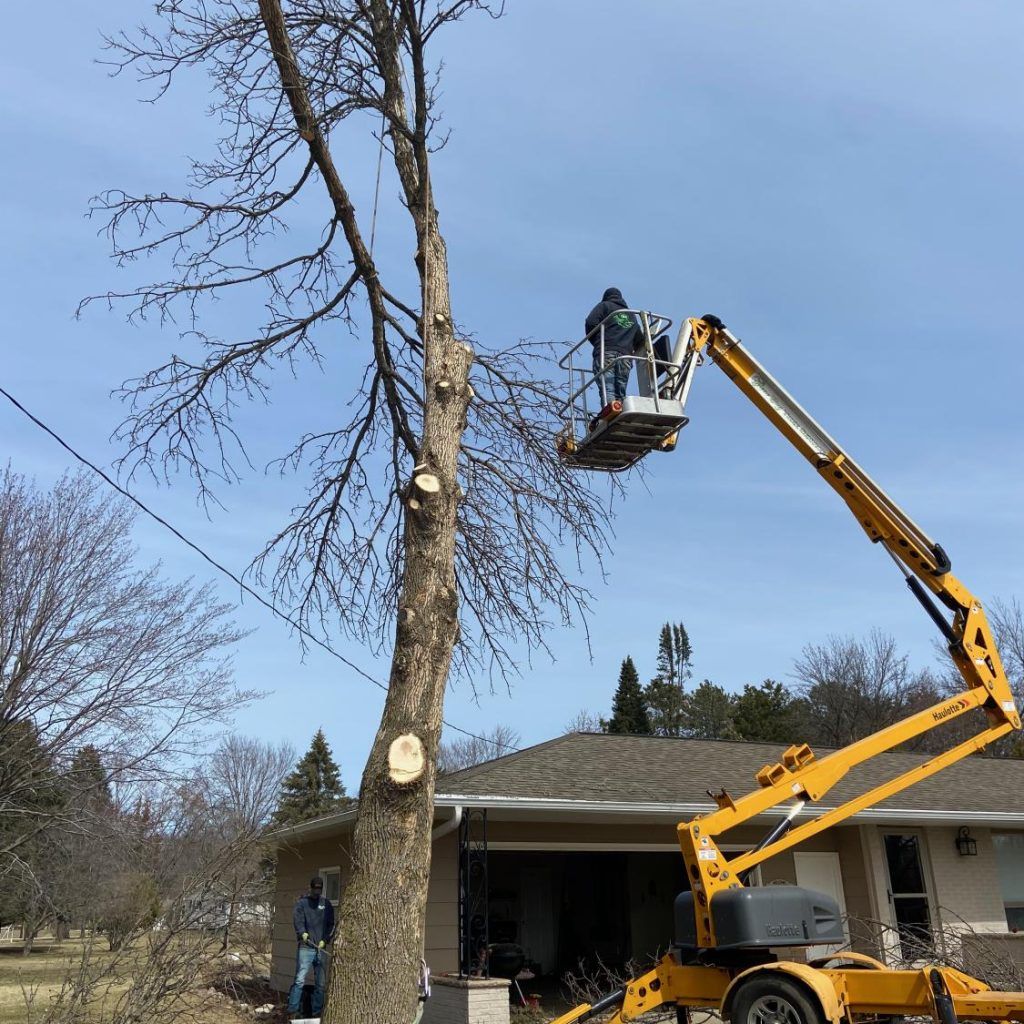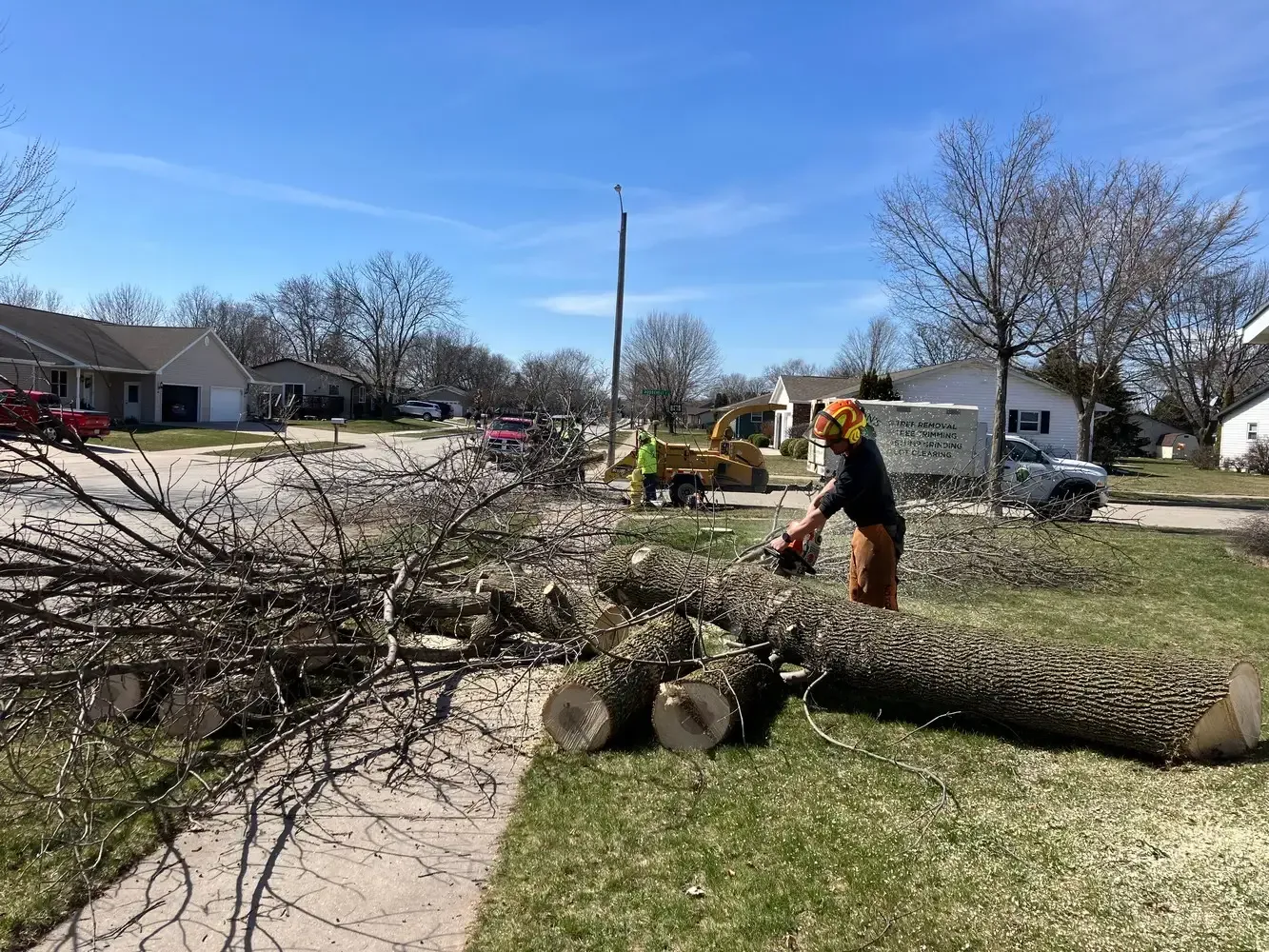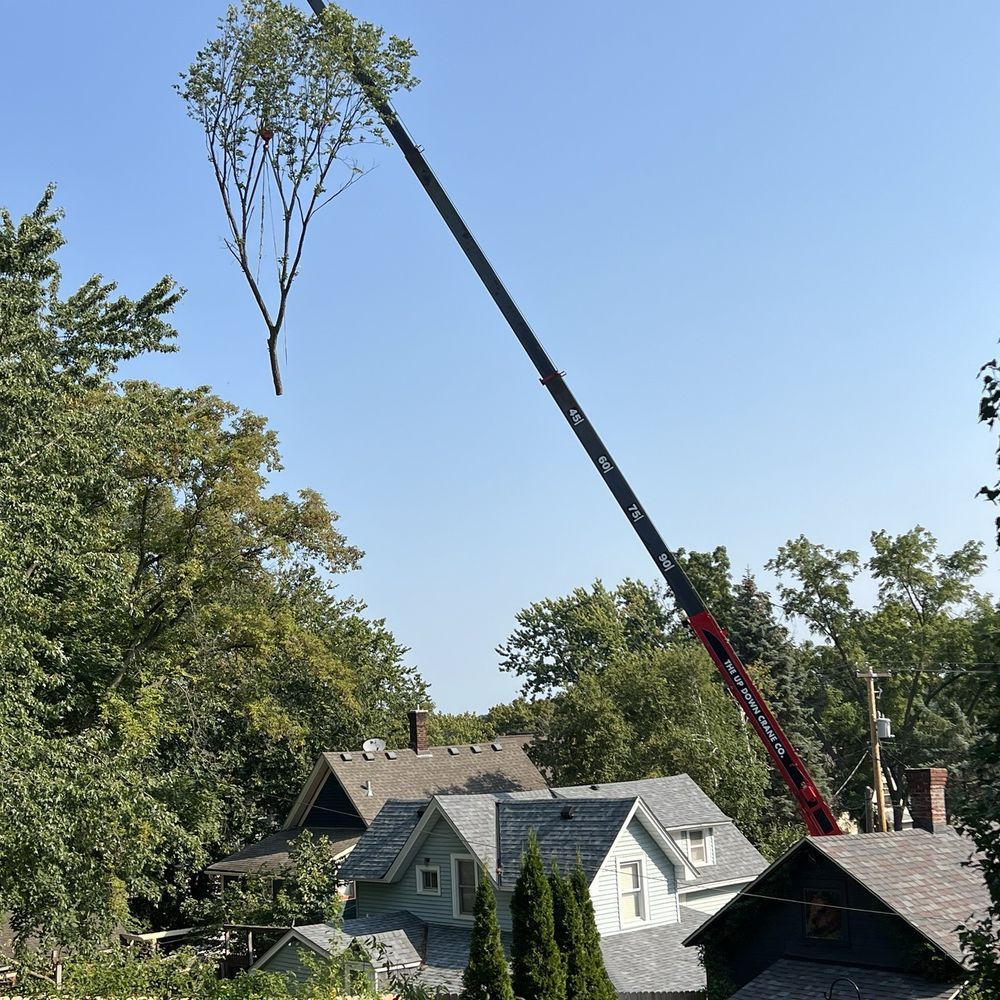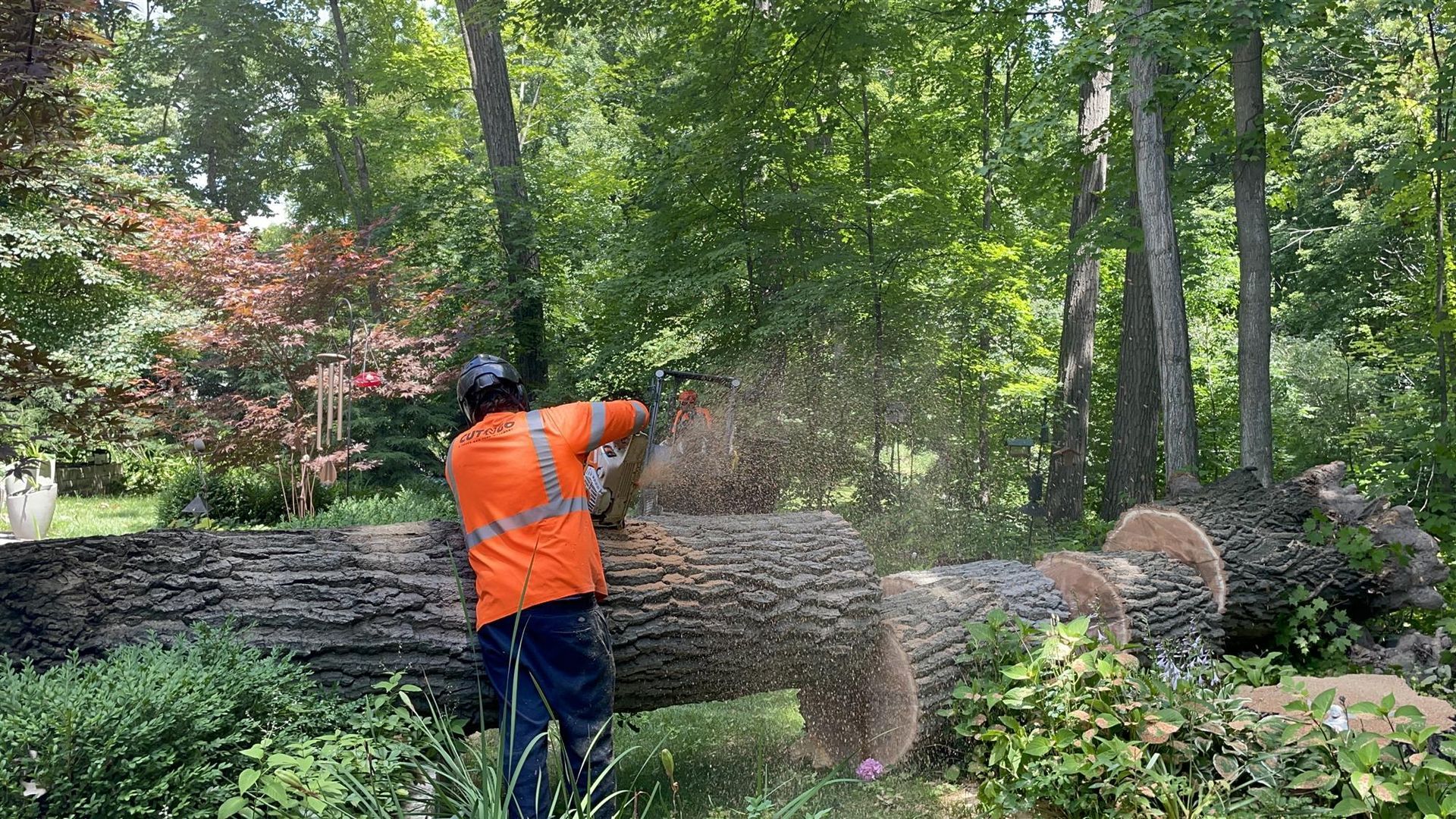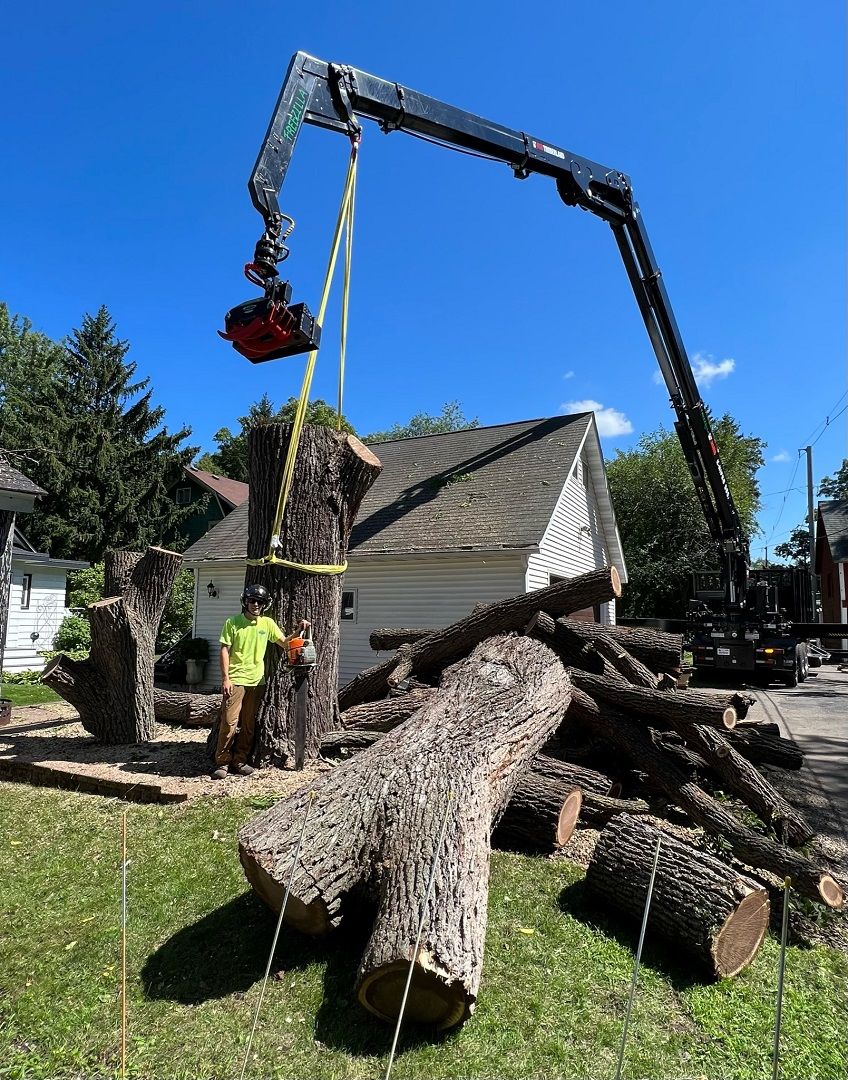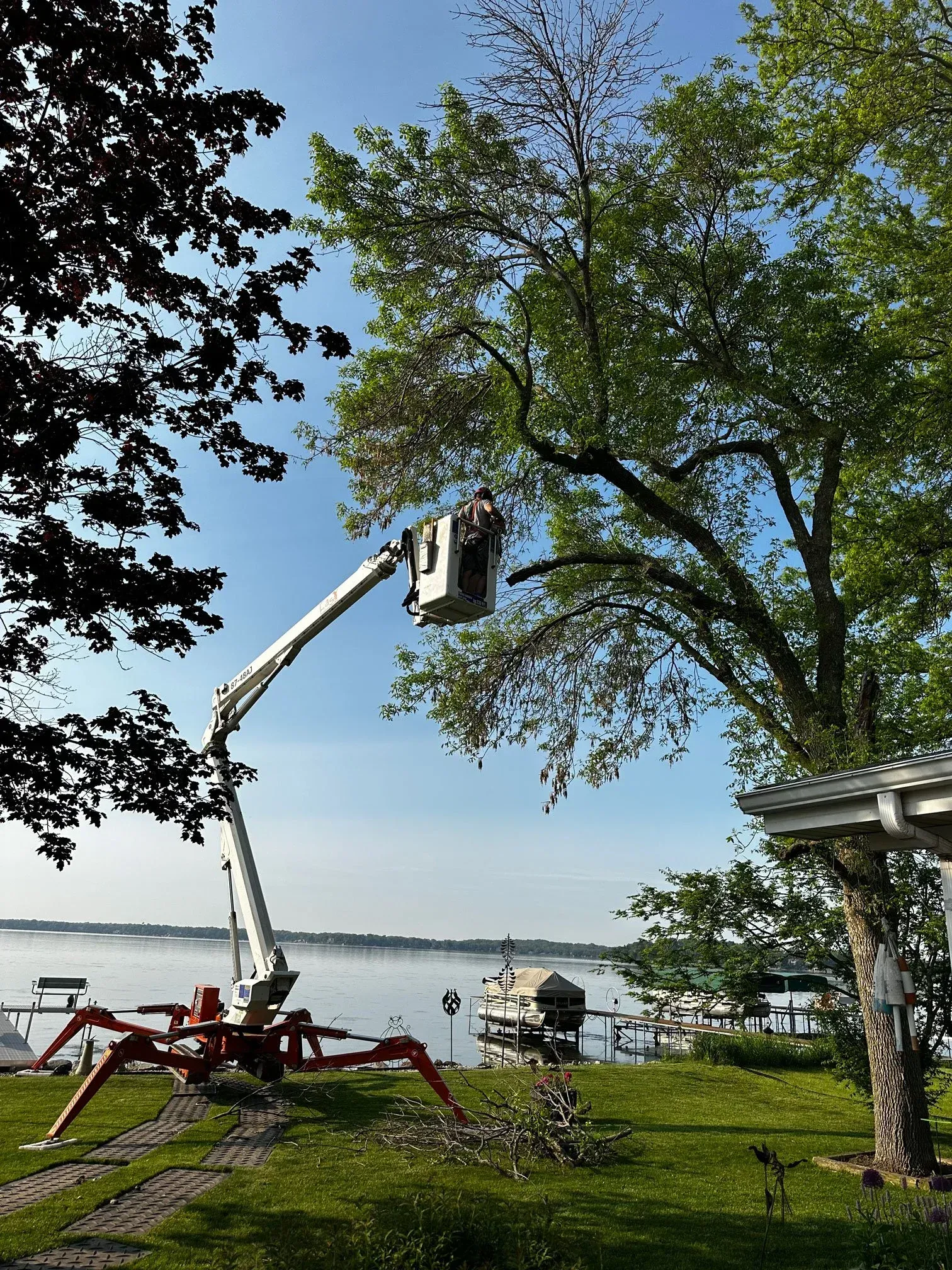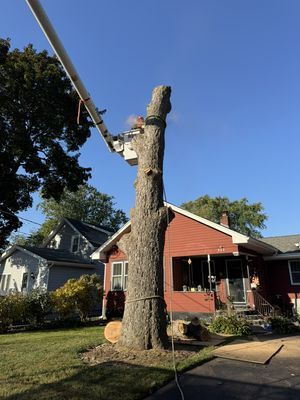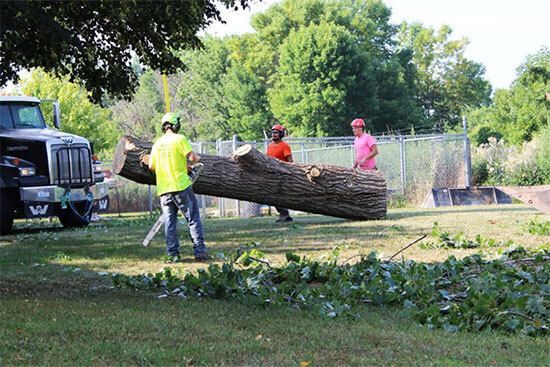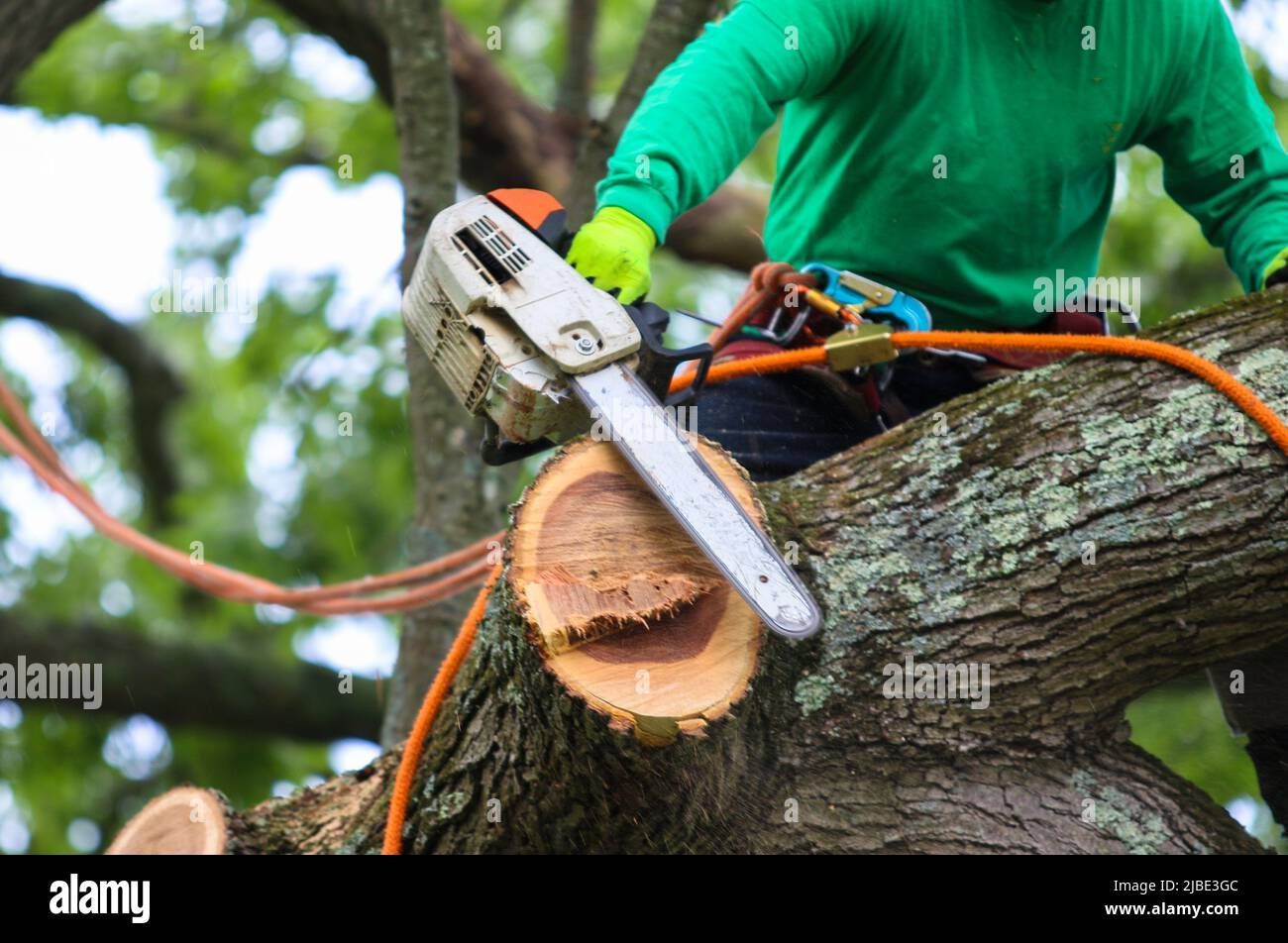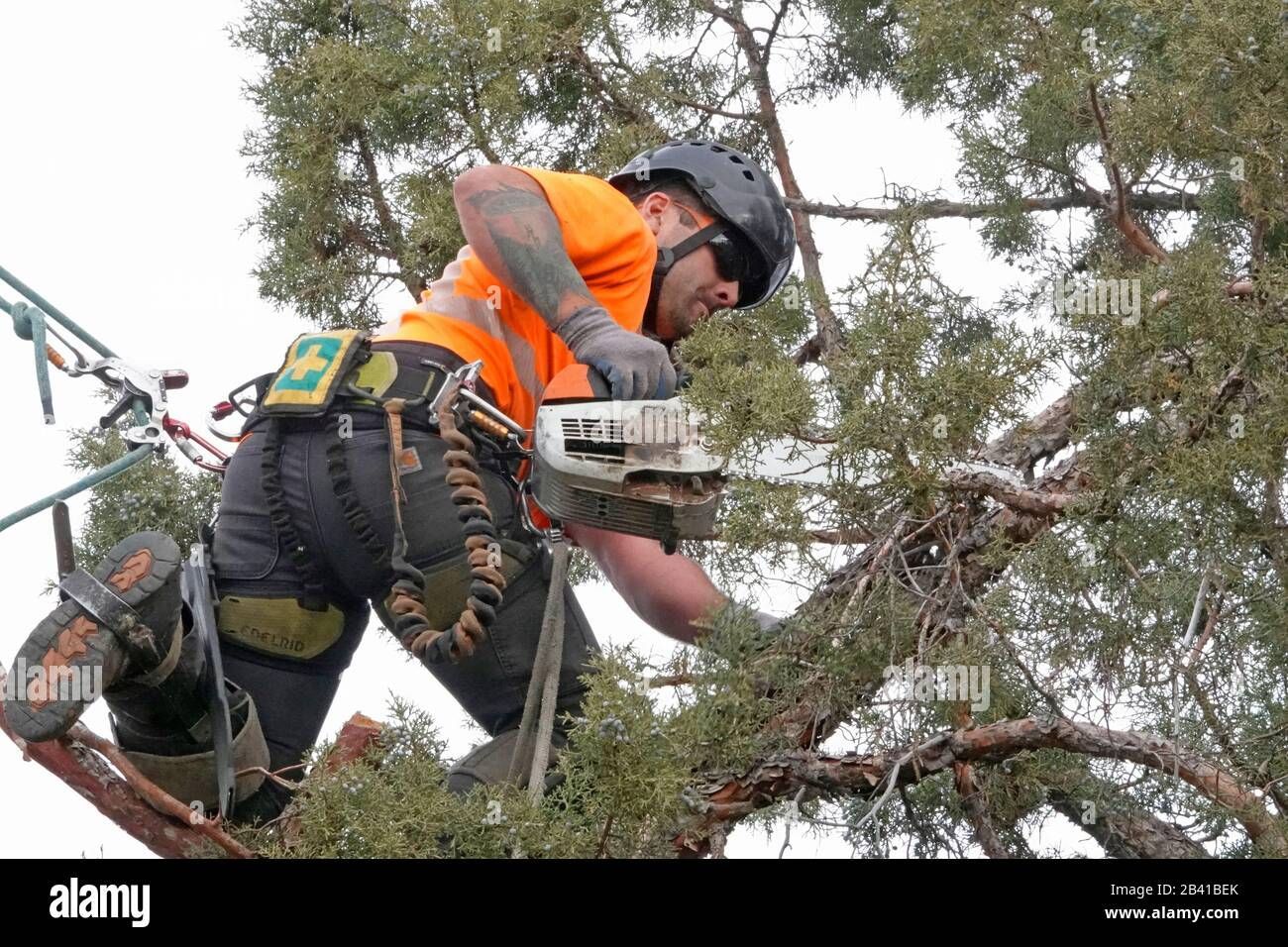Best Time of Year for Tree Pruning in Iowa: A Seasonal Guide for Healthy Trees
Best Time of Year for Tree Pruning in Iowa: A Seasonal Guide for Healthy Trees
At Frank’s Tree Service, we know how important proper tree care is for homeowners across Iowa. One of the most essential—but often overlooked—aspects of maintaining tree health is knowing when to prune.
Tree pruning isn’t just about trimming back overgrowth—it’s about doing it at the right time, to promote strong growth, reduce risk, and protect the long-term health of your trees. The changing seasons in Iowa play a critical role in determining the right time to prune, and this guide will help you make the best choices for your trees year-round.
Why Tree Pruning Timing Matters
Pruning at the wrong time can harm your trees. It can leave them vulnerable to disease, cause unnecessary stress, or lead to weak new growth that won’t survive the winter.
But pruning at the right time helps:
- Stimulate healthy growth
- Improve structural strength
- Prevent disease
- Reduce storm damage
- Boost overall tree longevity
Let’s take a look at Iowa’s seasons and determine the best months to prune your trees depending on the type of tree and its condition.
The Best Seasons to Prune Trees in Iowa
Late Winter to Early Spring (February to March)
For most trees in Iowa, late winter to early spring is the best time to prune. Trees are still dormant, which makes it easier to see the shape and structure. This helps arborists remove weak or crossing branches more effectively.
Pruning in late winter also reduces the risk of insect infestations and disease spread because many pests and pathogens are still inactive. Once spring arrives, the tree can begin healing naturally.
Oak Trees: December to Mid-March
Oak trees are an exception. They are vulnerable to a fungal disease called oak wilt, which can spread when trees are pruned during the warmer months. To prevent this, it’s best to prune oaks between December and mid-March—while temperatures are low and insects are inactive.
If you miss this pruning window, it’s safer to wait until the next dormant season.
Early Summer (June)
Some trees benefit from a strategic prune in June, after spring growth has peaked. This is especially true for trees like maples and walnuts, which may bleed sap heavily if pruned too early.
Summer pruning allows for:
- Removing dead or damaged limbs after storms
- Shaping the canopy without triggering excessive regrowth
- Faster healing due to active growth
- Reduced disease risk since many fungi are less active in dry, warm weather
However, heavy pruning should still be avoided during periods of drought or heat stress.
Late Fall (November to Early December)
Another good window is late fall, once trees have gone fully dormant and lost their leaves. With clearer visibility of the branch structure, it’s easier to remove problematic limbs. The cold weather also keeps pests and fungi at bay.
Avoid pruning too late into December, especially if the ground is frozen or there’s heavy snow or ice. These conditions can make pruning dangerous and difficult.
When NOT to Prune
Late Summer and Early Fall (August to October)
Pruning during late summer or early fall can trigger a flush of new growth that won’t have enough time to harden before freezing temperatures arrive. These tender shoots are more likely to die in the winter, wasting the tree’s energy and leaving it vulnerable to disease.
Many fungal pathogens also peak during late summer, making cuts more prone to infection.
How Often Should Trees Be Pruned?
- Young trees: Every 2–3 years to establish strong structure
- Mature trees: Every 3–5 years to maintain health and safety
- Fast-growing species: May need annual touch-ups
- Storm-damaged or diseased trees: As needed, regardless of season
Remember, not all pruning has to be drastic. Regular light maintenance is better than major overhauls.
Customer Testimonial
“We had a massive oak in our front yard that had started growing too close to our roof. I called Frank’s Tree Service in January, and they scheduled us for early February. The crew was professional, worked safely despite the snow, and took great care in shaping the tree. They also made sure we didn’t miss the oak pruning window. The results were fantastic—and I felt confident we did it at the right time.”
— Rachel T., Cedar Rapids
Stories like Rachel’s show how the right timing can lead to better results and a safer home.
Frequently Asked Questions (FAQs)
Can I prune trees myself, or should I hire a professional?
For small trees and light trimming, homeowners can usually handle it safely. However, for large trees, limbs near power lines, or structural pruning, it’s best to call a professional to avoid injury or property damage.
What if I missed the ideal season? Should I wait until next year?
Not necessarily. If your tree is damaged, diseased, or posing a safety risk, pruning should be done immediately—regardless of the time of year. For non-urgent pruning, it’s often best to wait until the next dormant season.
Why can’t I prune oaks in spring or summer?
Oaks are highly susceptible to oak wilt, which is spread by beetles attracted to fresh pruning cuts. These beetles are most active in warm weather, so it's safest to prune during cold months when they’re dormant.
Do all trees need to be pruned every year?
No. Most mature trees can go several years without pruning if they’re healthy and well-maintained. However, regular inspections help identify issues before they become serious.
Can trees be pruned in winter when it's freezing?
Yes—dormant trees are actually less stressed by pruning in cold weather. However, extreme snow or ice buildup can make the process unsafe for both the tree and the arborist.
Final Thoughts
Timing is everything when it comes to tree pruning. Whether you’re maintaining a mature shade tree, managing storm risks, or shaping a young tree’s growth, pruning at the right time ensures long-term health and safety.
Here’s a quick recap:
- Best Time: Late winter to early spring
- Special Note: Oaks should only be pruned in winter
- Secondary Window: Early summer (June) for selective trees
- Avoid: Late summer and early fall
- Always Prune Immediately if there’s damage, disease, or safety concerns
If you’re unsure when or how to prune, the experts at Frank’s Tree Service are here to help. We provide honest evaluations, professional care, and seasonally timed services that protect your investment and beautify your property.

